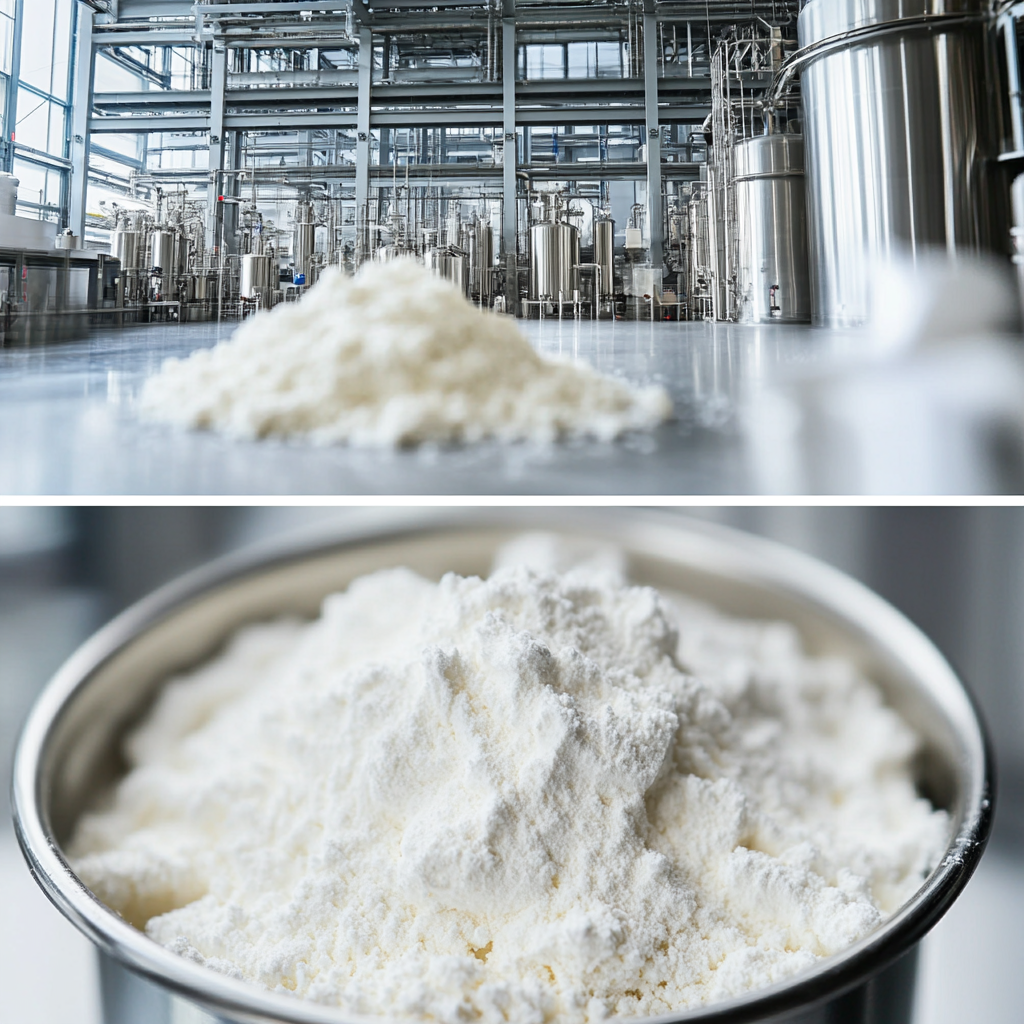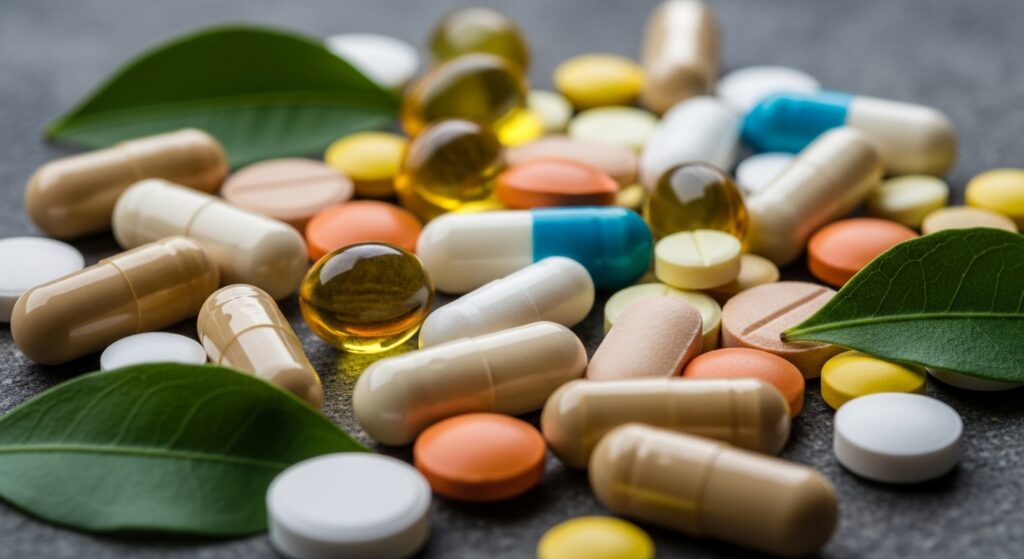What Is Ergothioneine? A Rare but Potent Cellular Defender
Ergothioneine (EGT) is a naturally occurring amino acid-derived antioxidant that plays a critical role in protecting cells from oxidative stress. Unlike standard antioxidants, EGT has a unique molecular structure that allows it to penetrate deeply into sensitive cellular structures, including the mitochondria and the nucleus. This makes it one of the few known compounds capable of delivering targeted oxidative protection at the source of cellular damage.
Antioxidant Power That Surpasses Vitamin C by Thousands of Times
In laboratory studies, EGT has demonstrated a radical scavenging capability more than 3,000 times greater than vitamin C in specific conditions. It selectively neutralizes damaging species like hydroxyl radicals and singlet oxygen, while maintaining its structural integrity. Its remarkable resistance to auto-oxidation also gives it a much longer duration of action inside the body compared to other antioxidants.
Deep Cellular Penetration: Mitochondria and Nucleus Repair
EGT is one of the rare antioxidants capable of crossing mitochondrial and nuclear membranes. This enables it to intervene directly where oxidative damage begins—inside the cell’s power plants (mitochondria) and genetic material hubs (nuclei). EGT helps maintain ATP energy production and protects DNA from mutation or degradation.
The Human Body Has a Dedicated Transport System Just for EGT
One of the most compelling facts about EGT is that the human body has evolved a specific transporter protein for it: the Ergothioneine Transporter (ETT). This protein actively delivers EGT to organs and tissues that are most vulnerable to oxidative damage, including:
- Brain
- Liver
- Eyes
- Lungs
- Bone marrow
This targeted delivery system highlights the biological importance of EGT and suggests that the body may treat it as a critical micronutrient.
Over 100 Years of Research, Backed by Medical Applications
Since its discovery in 1909, EGT has been extensively researched in the fields of biochemistry and medicine. Historically, it has been used in organ transplantation to minimize tissue rejection and inflammation due to its cytoprotective effects. More recently, researchers have investigated its benefits in combating neurodegeneration, cardiovascular diseases, and chronic inflammation.
Sources: From Rare Fungi to Scalable Fermentation
| Source Type | Description | Advantages & Drawbacks |
|---|---|---|
| Early Extraction | From black truffle, Reishi mushrooms | Very limited supply, high cost, impractical for scale |
| Chemical Synthesis | Synthetic D/L mixture | Cost-effective, but includes less effective D-isomer with poor uptake |
| 5th-Gen Fermentation | Enzymatic fermentation for pure L-form | >99.99% purity, bioactive, scalable, no solvents or harmful by-products |

Official Recognition: GRAS-Approved by the FDA
In 2018, the U.S. Food and Drug Administration (FDA) recognized L-ergothioneine as GRAS (Generally Recognized as Safe) for use in food and supplements. This designation ensures its safety profile and opens the door for wider product formulation across the nutraceutical industry.
Proven Safe and Effective in Human Trials
Oral supplementation with EGT has been evaluated in several human clinical studies. Key findings include:
- Measurable increases in blood plasma EGT levels
- Reduction in oxidative biomarkers
- Support for cardiovascular and immune health
- No significant adverse effects, even at high dosages

Choosing the Right Ergothioneine Product: What to Look For
When sourcing or developing EGT-based products, consider the following:
Quality and Formulation
- Raw EGT powder should never be consumed directly—it requires encapsulation or formulation into delivery systems (e.g., liposomal, tablet coating).
Synergistic Pairing
- Consider formulations combining EGT with Astaxanthin and Liposomal Vitamin C, as evidence shows synergistic benefits in reducing oxidative stress.
Transparency and Efficacy
- Choose products with documented clinical trials or in vitro data. Confirm manufacturer claims with third-party Certificates of Analysis (COAs).
Red Flags to Avoid
- Unknown raw material origins
- Lack of bioavailability studies or third-party validation
- Unbranded or generic OEM/ODM listings without traceable research
Conclusion
Ergothioneine stands at the forefront of next-generation antioxidant therapy. With its unparalleled cellular penetration, stability, and targeted transport, it offers significant promise for addressing modern health challenges linked to oxidative stress. As scientific interest grows and production becomes more accessible, EGT is becoming a must-have ingredient for innovative nutraceutical formulations.